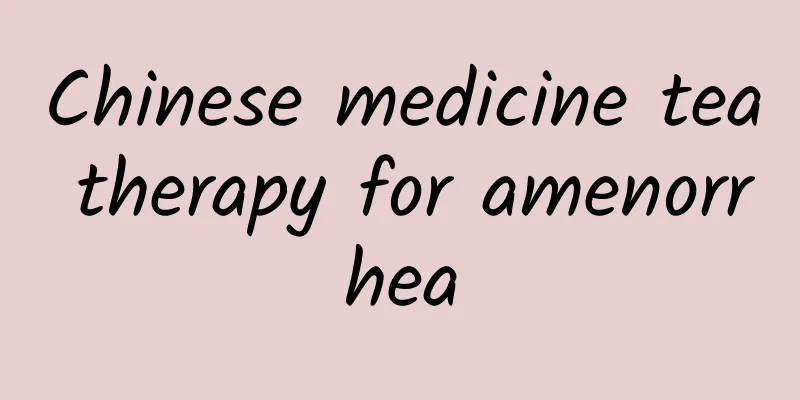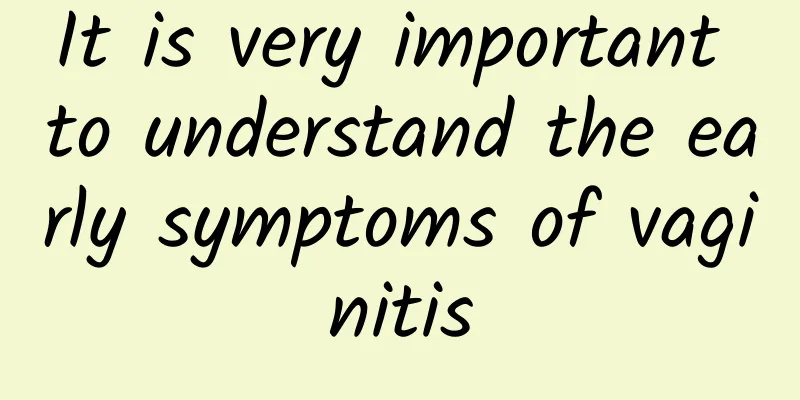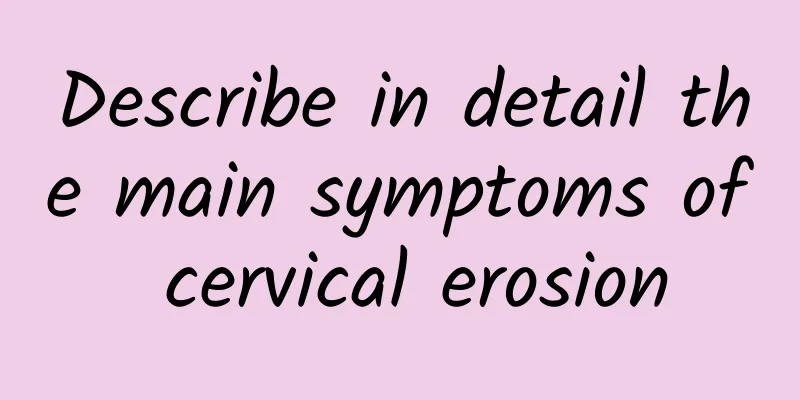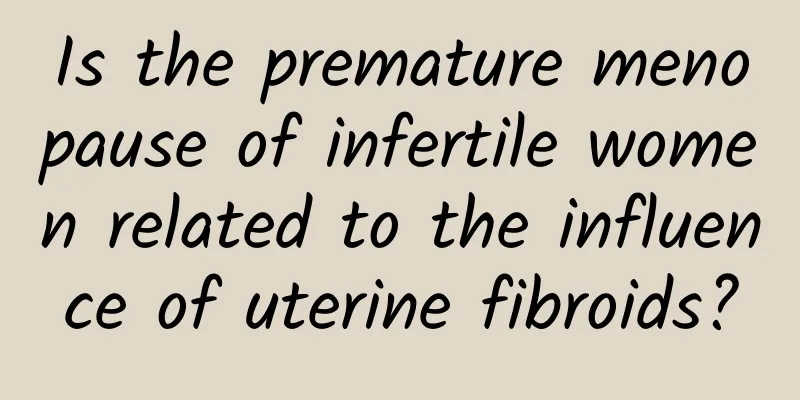Chinese medicine tea therapy for amenorrhea

| Amenorrhea is a disease that is difficult to treat and takes a long time to treat. So how to treat amenorrhea? Chinese medicine divides amenorrhea into 5 syndromes. The following introduces the Chinese medicine tea therapy for different syndromes of amenorrhea. 1. Recommended medicinal tea for qi and blood deficiency and heat syndrome : American ginseng and Rehmannia glutinosa tea: 5 grams of American ginseng and 15 grams of Rehmannia glutinosa. Brew with boiling water for drinking. Effects of medicinal tea: replenishing qi and clearing heat, nourishing blood and regulating menstruation. Explanation of medicinal tea: American ginseng in the recipe replenishes qi, clears fire and produces body fluid; Rehmannia glutinosa replenishes blood and nourishes yin. The two medicines work together to replenish qi and nourish blood, nourish yin and reduce fire, so that qi is full of blood, blood sea is full, yin is sufficient and fire is reduced, and menstruation is smooth. Related taboos: People with spleen and stomach deficiency and cold should use it with caution. 2. Recommended herbal tea for Yin deficiency and blood dryness syndrome : Shengdihuang Zhimu tea: Shengdihuang and Zhimu each 15g. Decoction in water and drink instead of tea. Herbal tea effect: nourishing Yin, clearing heat, regulating menstruation. Herbal tea explanation: Shengdihuang in the prescription is the main herbal medicine for nourishing Yin, which can nourish Yin, clear heat and cool blood; Zhimu can clear heat and nourish Yin, and it can strengthen water and control fire when used with Shengdihuang. The combination of the two medicines can not only nourish kidney Yin, but also reduce and purge virtual fire, so that kidney water is sufficient, virtual fire is reduced, Chong and Ren channels are smooth, and menstruation is normal. 3. Recommended herbal tea for kidney qi deficiency syndrome : Cuscuta and Placenta drink: Cuscuta chinensis 10g, Placenta ziheche 15g. Decoction in water and drink instead of tea. Herbal tea effect: nourishing kidney and replenishing Qi, regulating Chong and Ren channels. Explanation of medicinal tea: The dodder seed in the formula nourishes yang and replenishes yin, which can not only replenish the kidney and replenish essence, but also replenish kidney qi and boost yang; placenta nourishes blood and nourishes yin, replenishes essence and benefits marrow. The combination of the two medicines can make the kidney qi sufficient, regulate the Chong and Ren meridians, and enable menstruation. Related taboos: Use with caution in patients with excess syndrome and heat syndrome. 4. Recommended medicinal tea for qi stagnation and blood stasis syndrome: safflower rose tea: 5 grams of safflower and 8 grams of rose. Brew with boiling water for drinking. Effects of medicinal tea: Regulating qi, promoting blood circulation, and dredge menstruation. Explanation of medicinal tea: The safflower in the formula promotes blood circulation, removes blood stasis and dredges menstruation, so that blood circulation is unobstructed, Chong and Ren meridians are eliminated and menstruation occurs; rose soothes the liver, regulates qi and relieves depression, and blood circulation is unobstructed when liver qi is relaxed. The combination of the two medicines has the functions of promoting blood circulation and regulating menstruation, as well as regulating qi and relieving depression, so that qi and blood flow smoothly, and Chong and Ren meridians are stagnant. Dissipate, amenorrhea is relieved, and all symptoms are eliminated. Related taboos: People with qi deficiency and blood deficiency should not take it. 5. Recommended herbal tea for phlegm-dampness obstruction syndrome : Baizhu Chenpi Drink: Baizhu 10g, Chenpi 6g. Decoction and drink instead of tea. Herbal tea effect: invigorate the spleen and resolve phlegm, dry dampness and regulate menstruation. Herbal tea explanation: Baizhu in the prescription invigorates the spleen and replenishes qi, and phlegm and dampness will not be generated if the spleen and stomach are healthy; Chenpi regulates qi and invigorates the spleen, and dry dampness and resolves phlegm. The two medicines are used together to treat both the symptoms and the root cause, so that the spleen is invigorated, dampness is eliminated, phlegm is eliminated, the meridians are unobstructed, and menstruation flows naturally. Related taboos: The two medicines have the effect of drying dampness, and those with yin deficiency and fluid deficiency should use them with caution. |
<<: Introducing 2 dietary recipes for functional uterine bleeding
Recommend
Body sculpting is king! A brief discussion on liposuction surgery
Excess fat has always been the number one enemy o...
What are the essential drugs for treating hyperprolactinemia?
Hyperprolactinemia is also known as hyperprolacti...
1 in 2 adults is obese! Peking University Health Science Center helped 3,000 people lose weight, losing more than 67 tons of fat in 10 years
Unbearable weight! According to statistics from t...
How big is the uterine fibroid that requires surgery?
How big does a uterine fibroid need surgery? Uter...
What should I do if my vulva itches and my leucorrhea is dreg-like and my waist hurts?
What should I do if my vulva itches and my leucor...
Patients with adnexitis can often take Chaihu Shanzha Danggui Yin
After women suffer from adnexitis, they should no...
Can TCT and HPV detect cervicitis?
Can TCT and HPV detect cervicitis? 1. TCT and HPV...
Do I need to take anti-inflammatory drugs after abortion? Do I need intravenous infusion?
We all know that after a miscarriage, the body is...
What are the specific symptoms of ovarian cysts?
A better understanding of the symptoms of ovarian...
How to treat a molar pregnancy
How is hydatidiform mole treated? There are many ...
Traditional Chinese medicine believes that menopausal discomfort can be improved through these means
Menopause is very special for women, because afte...
Treatment of ovarian cysts in women
Ovarian cysts are a very serious gynecological di...
Treatment of incomplete abortion
Because the endocrine levels of various systems i...
Treatments for pelvic inflammatory disease
What are the treatments for pelvic inflammatory d...
Not only improve physical strength! Exercise produces endorphins, fights negative emotions and increases concentration
Once your emotions are in disarray, you can’t con...









